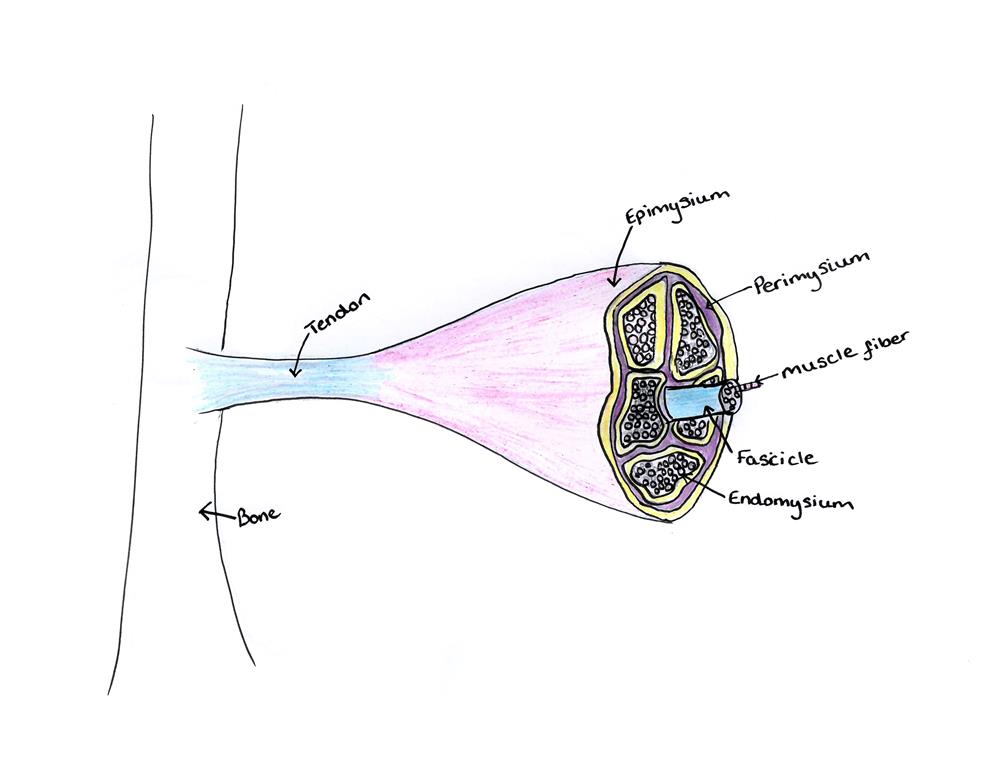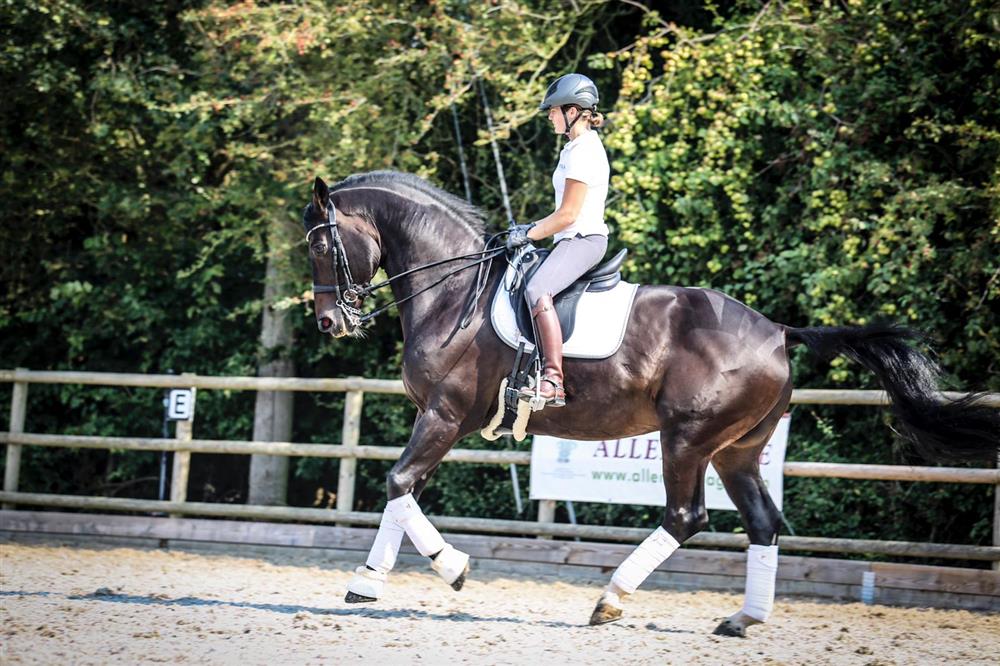Muscles - what are they and how can we support their development in horses...
There are three types of muscles found within the horse:
-
Skeletal Muscle – responsible for skeletal movement
-
Smooth Muscle – found within organs, these muscles cannot be controlled consciously
-
Cardiac Muscles – found within the heart
During this blog, we will be focusing on skeletal muscles.
Muscle Structure
These muscles are made up of long fibres bundled together and wrapped in a covering made of connective tissue, this is called a fascicle. Within the fascicle lies individual muscle fibres, each one is surrounded by a layer of connective tissue known as the endomysium. Between the fascicles of the muscle sits another connective tissue known as the perimysium, blood vessels can also be found in this space. The muscle as a whole is encased by a thick, cartilage-like connective tissue, known as the epimysium. Both ends of the muscle are usually attached to bone via a tendon.

Muscle Building
Muscle building is an interesting process known as hypertrophy. This process occurs when muscle fibres sustain microdamage. The body will fuse the fibres together, creating larger muscle mass. However, over-working the muscles before they have a chance to repair can result in serious damage, which is why following a training programme and allowing the horse to have time to rest in between sessions is so important. Protein is also considered crucial when muscle building, this is because protein is made up of amino acids which are the building blocks of muscle, therefore making it helping in the process of repairing damaged muscle fibres. Some studies in human research suggest that consuming protein immediately after exercise can help to improve muscle building. If you would be interested in offering your horse extra protein after exercise, have a look at our Muscle Fuel.
It is important to note that muscles will only increase in size and mass with exercise, even though we may wish it were possible to create a supplement which builds muscle without the work! Ridden work is one of the best ways to build muscle - including hill work and poles can encourage the horse to build muscle and topline faster. This is another reason why it is important to vary your horse’s workload! If you can’t ride your horse, then groundwork such as lunging and long reining will also help encourage muscle building. If you have a horse who requires some muscle building but you are unable to exercise them, turning them out on pasture with uneven terrain and even a hill is a wonderful way of encouraging them to build muscle without added strain.
How to support your horse’s muscles
Vitamin E and Selenium are often associated with healthy muscle function. This is because Vitamin E and Selenium act as free radical scavengers. A free radical is produced by the mitochondria when it becomes damaged. These free radicals can then go on to cause oxidative damage which can ultimately lead to diseases such as Tying Up.
Feeding Magnesium has also been found as an effective method of supporting proper muscle function. It can help to relieve tired muscles and encourage relaxation; it is also an important mineral used in the process of muscle contraction.
It is often thought that supplementing B Vitamins is also a good way of offering support to the muscles of the horse. This is because B Vitamins help the body to produce red blood cells which means that more oxygen can be delivered to the muscles, thus improving muscle growth and repair. Vitamin B2 can even help to reduce soreness associated with exercise!
If you’re looking for a supplement to offer support to your horse’s muscles, take a look at OptiMuscle.


